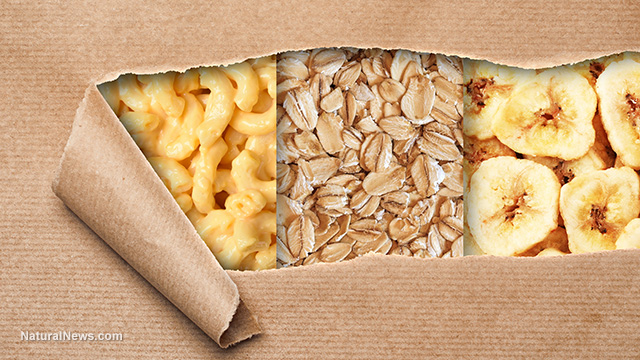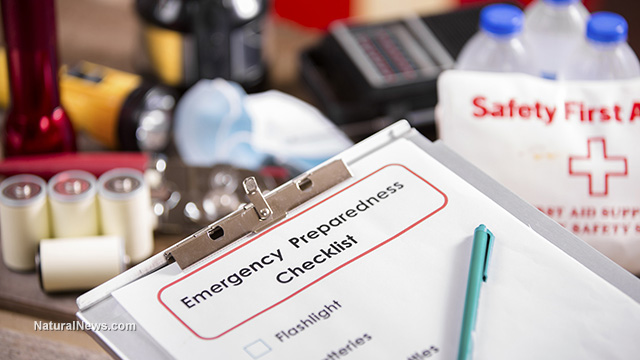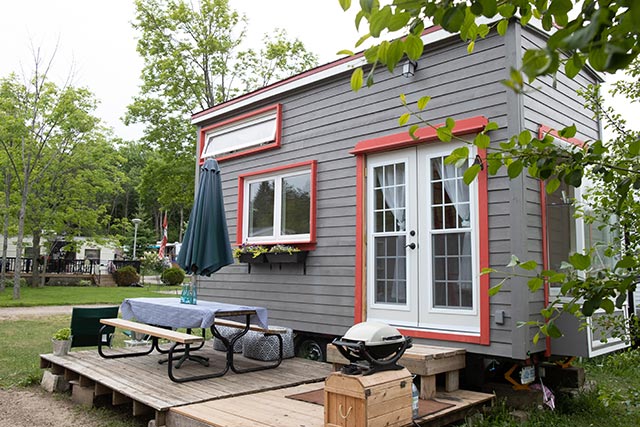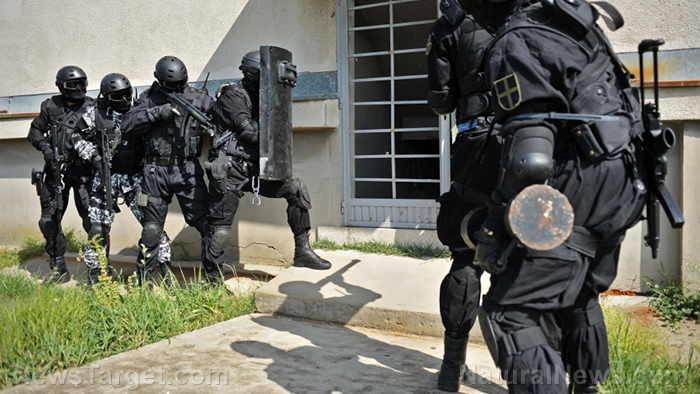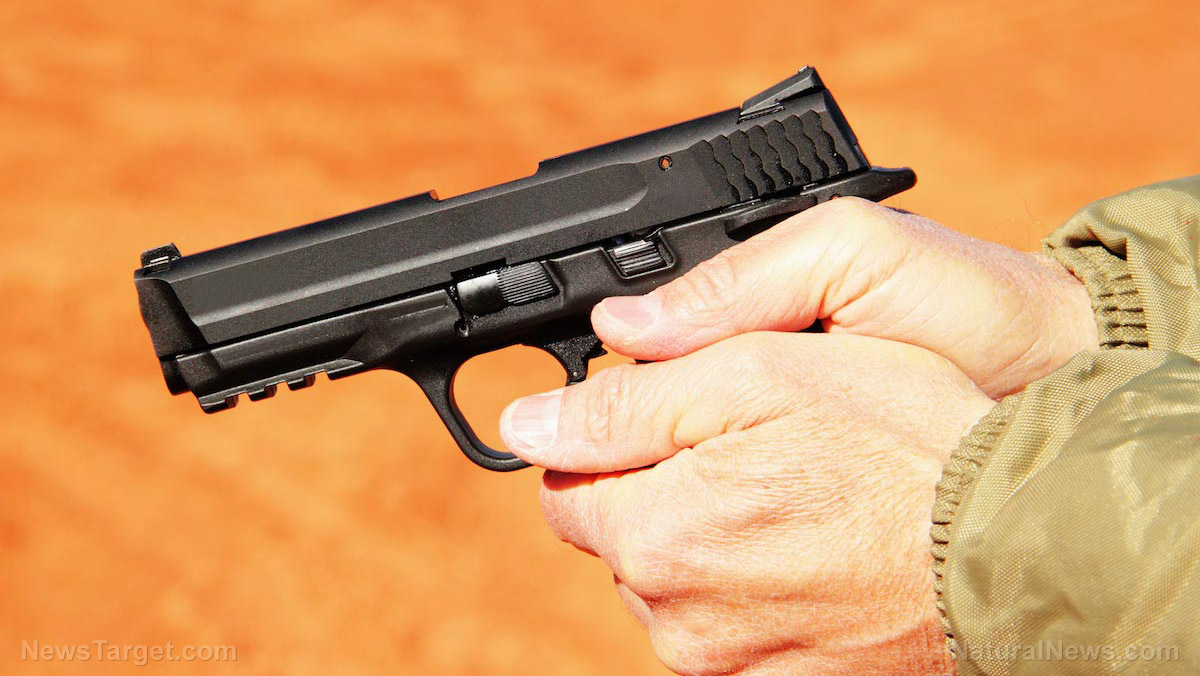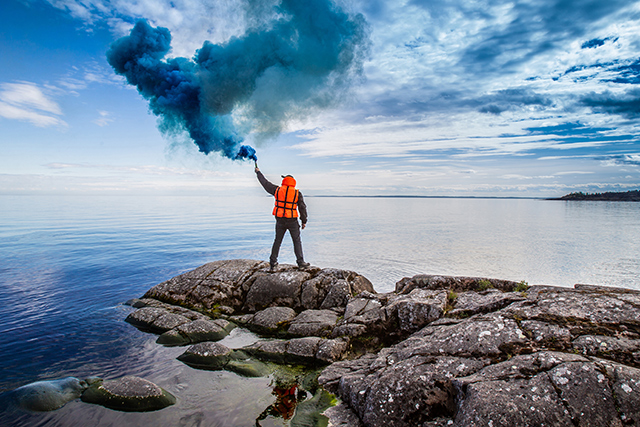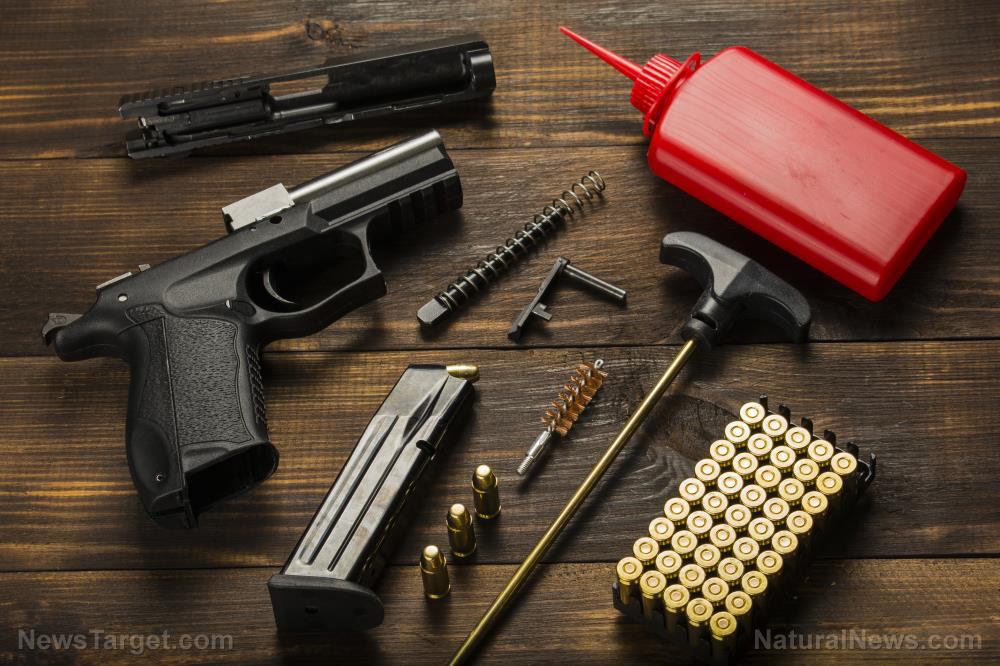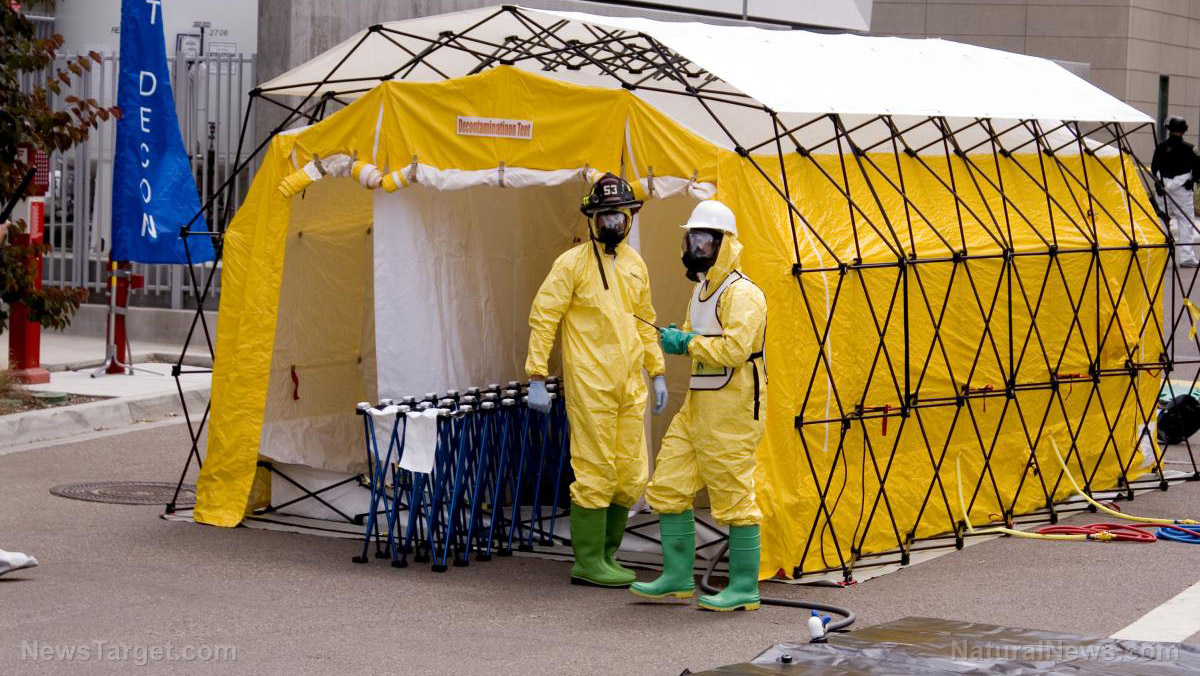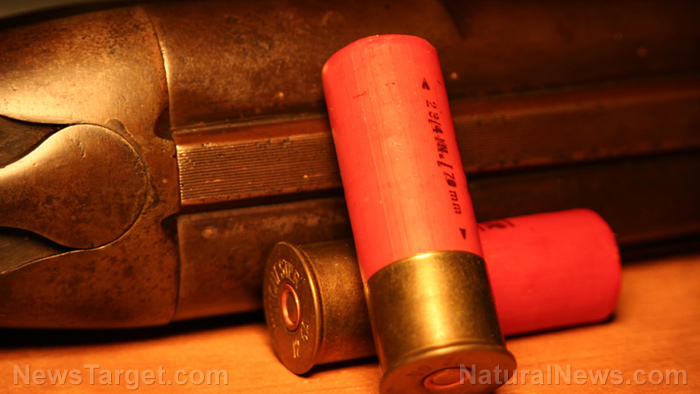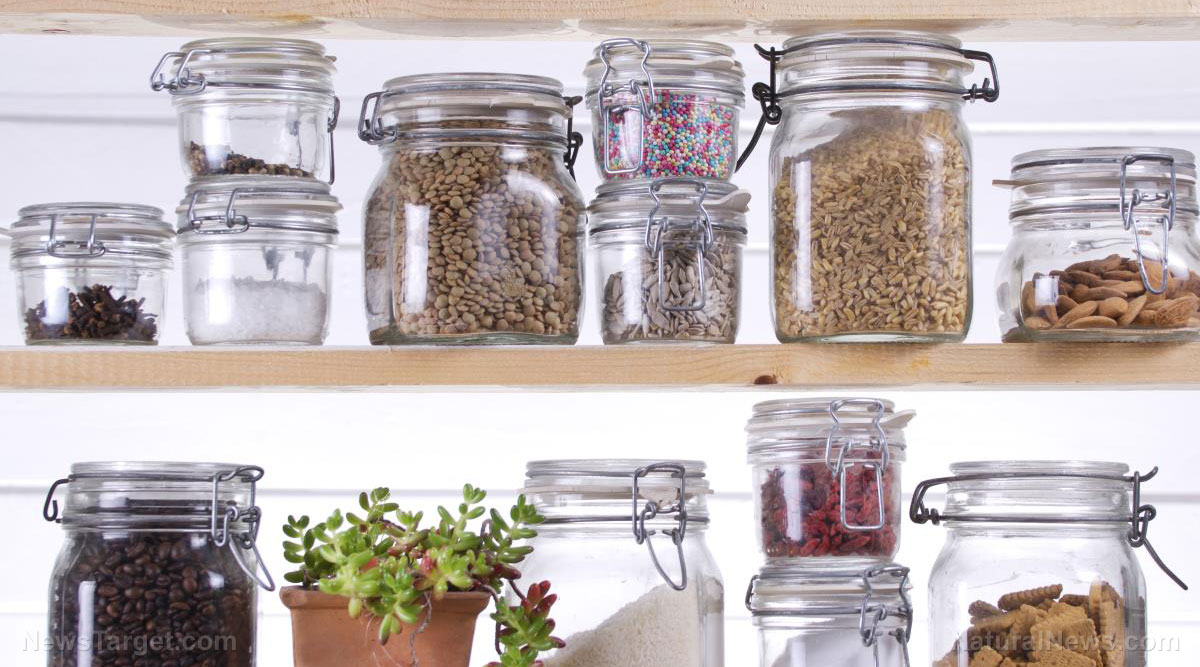The best places to store your survival supplies
03/05/2019 / By Zoey Sky
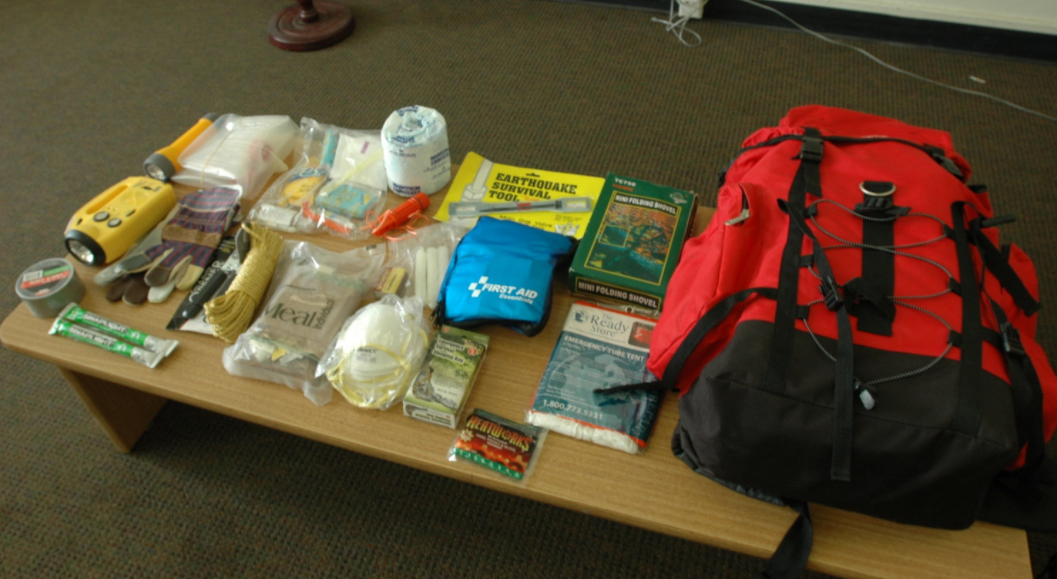
Preppers know that their work doesn’t end after they’ve set up bug-out bags (BOBs) for everyone in their family. The next step involves securing survival supplies in safe locations that they can easily reach when SHTF. (h/t to ThePreppingGuide.com)
What’s in your BOB?
Every family member must have a BOB with enough supplies so they can survive at least 72 hours after a disaster scenario. The contents of a BOB may vary depending on the numbers of people in your family and the natural disasters that may occur in your location. Don’t forget to include items for your pets.
A typical BOB may include items for the following needs:
- Cash – Small bills, as much as you can spare.
- Communication – A crank- or solar-powered NOAA radio, flares, and a whistle.
- Documents – Such as copies of deeds and titles, insurance policies, birth certificates, and maps.
- Firestarting kit – Must include storm-proof matches, lighters, and a fire starter.
- First aid – Contents may vary, but it should have items that will let you handle more serious injuries.
- Food – Easy to eat food should be non-perishable and with a long shelf life.
- Light – Battery- or crank-powered flashlights or portable lanterns.
- Medication – Activated charcoal, digestive aids, or medication for certain conditions like diabetes, etc.
- Water – At least 1.5 gallons of water per person.
BOBs should also be stored properly so the items inside are safe for use or consumption.
Survival pack storage tips
Below are tips and guidelines for storing BOBs at home or in outdoor locations.
100% organic essential oil sets now available for your home and personal care, including Rosemary, Oregano, Eucalyptus, Tea Tree, Clary Sage and more, all 100% organic and laboratory tested for safety. A multitude of uses, from stress reduction to topical first aid. See the complete listing here, and help support this news site.
Storing BOBs at home
You’ll need a space that’s big enough to accommodate your BOBs, which can be rather bulky or heavy. If you have a spare room in your house, use it as a storage place for the survival packs. The spare room should be away from sunlight, dust-free, and dry so the supplies can be secured for a long time
Alternatively, you can store the BOBs in your basement.
Storing BOBs outdoors
If you want to store your BOBs outdoors, consider portable buildings that can be assembled anywhere in your property such as close to the house or in your garden.
Sheds or prefabricated (prefab) buildings are ideal storage areas that could be dedicated only to your BOBs. Setting up separate outdoor storage space for your survival supplies helps to prevent clutter at home. If disaster strikes, gather the whole family then head to the outdoor shed so you can get your gear.
If you have a second residence, such as a cabin in the woods, a condo by the seaside, or a townhouse, you may want to set up a second set of BOBs for the family. You can opt to store the same things in your bags at home, or you can add supplies specific to the threats and conditions that may affect your second residence.
Alternatively, you can store BOBs in the garage.
You can also store BOBs in the pantry. However, if you choose to store the bags in the pantry, you must let the family know that you can’t use your emergency supplies when things are relatively quiet or if you don’t feel like buying groceries. (Related: The 6 best ways to store emergency supplies in a small space.)
If you don’t own a second property, you can also store BOBs in your work desk or under it. This way, you still have access to the basics during emergencies.
Why you need to check BOBs and supplies regularly
Inspect your survival supplies at least once a month, then make sure they’re stored properly and are not exposed directly to sunlight. Keep track of the expiry dates of foods, drinks, first-aid provisions, and medications so they’re still safe for use, then replenish then if you have to.
Schedule regular visual inspections of your storage area so you can keep it free from mold and pest infestations.
If you own a portable generator, perform regular maintenance to ensure maximum performance. Start your portable generator every 30 days so it always runs smoothly.
Survival tools and equipment must also be inspected, maintained, and stored securely.
Get your BOBs ready, then store them somewhere safe and inspect the contents regularly. Emergency preparedness gives you a fighting chance when SHTF.
Sources include:
Tagged Under: BOBs, bug in, bug out, bug out bag, bugging in, bugging out, Collapse, disaster, emergency kits, emergency preparedness, home security, off grid, prepping, prepping tips, self-reliance, SHTF, survival, survival kits, survival packs, survival supplies, Survival Tips, survival tools


